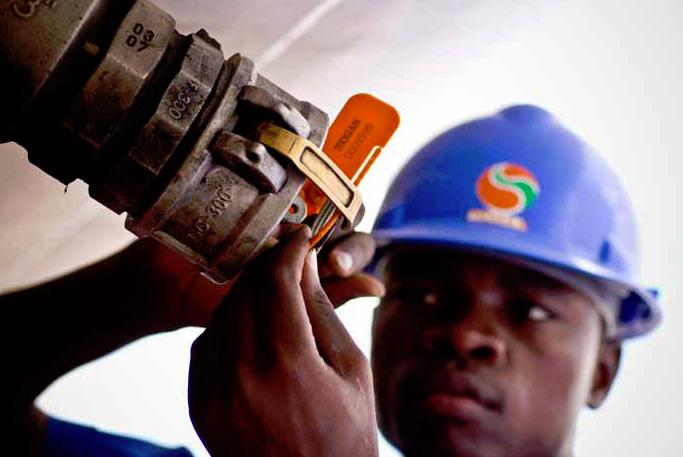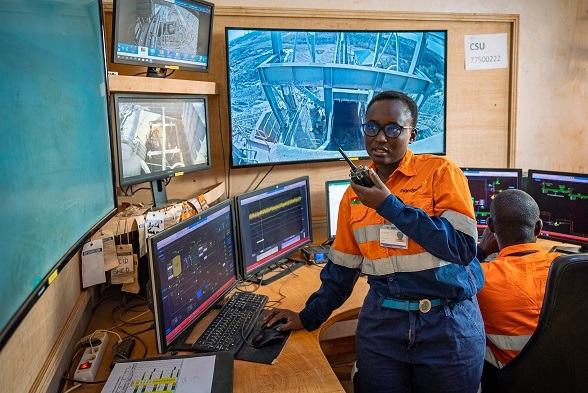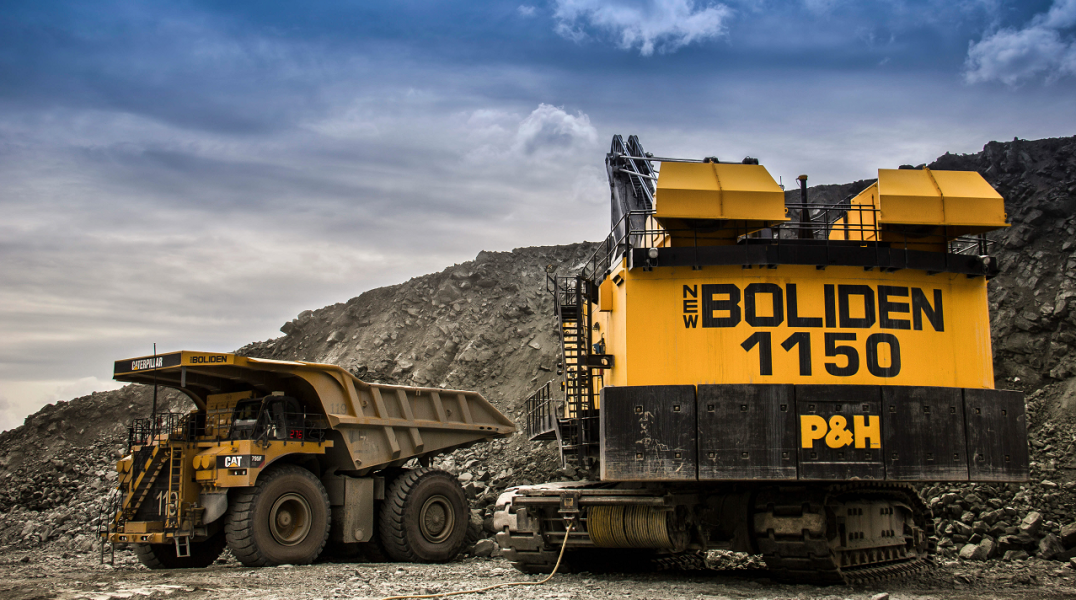
Having established a solid market position in the downstream and retail oil market in East Africa, MOGAS is expanding aggressively and preparing to diversify. CEO Geoffrey Rugazoora outlined his vision to John O’Hanlon.
Based in Uganda and with more than 30 modern petrol stations in the region, MOGAS is an increasingly familiar name in a region that is expanding fast. The market for oil and gas products, including automotive fuel and lubricants as well as industrial oils, has been growing at 10 per cent per annum over the last four years, estimates CEO Geoffrey Rugazoora. Riding on that level of growth would be good business in itself; however MOGAS has performed well in advance of the market and intends to increase its market share, exploit new opportunities and open new markets.
This is a strongly integrated regional downstream oil marketing company with operations in Kenya, Tanzania, Uganda, Rwanda, Burundi, the DRC, the UAE and Southern Sudan. It has storage facilities in Tanzania and the DRC in addition to its modern inland 5,000 cubic metre depot locatedat Banda on the outskirts of Kampala district, Uganda, five miles from its ultra modern headquarters in the city’s central business centre. In 2010 MOGAS turned over $345 million; this year, Rugazoora expects this to increase to $573 million. He intends to turn MOGAS into a one billion dollar company by the end of 2013.
This kind of growth will be driven though exploiting the existing market opportunities, further investment in infrastructure, and above all, diversification, he says. “We currently have storage facilities for bulk refined petroleum products in key locations: Dar es Salaam in Tanzania is the biggest at 40 million litres.” The 10-tank farm was originally built from scratch by MOGAS in 2006 with an investment of nearly $12 million. It is a modern marine bulk liquid storage terminal in the Kurasini industrial area of Dar es Salaam, linked by a 2.5 kilometre pipeline to the wharves where the ships discharge.
The Kurasini terminal supports operations in Tanzania and the DRC, but not landlocked Uganda, which is currently served through the port of Mombasa. Nevertheless it has added important capacity and flexibility to Tanzania’s economy, which is growing on the back of mineral exploitation, as of course is that of the DRC. “Our depot at Lubumbashi will be capable of storing around six million litres once we have finished our present expansion scheme by August 2011, despite increasing demand from all the mining activity that is taking place in Katanga province. A further increase to around 10 million litres will be more than enough to serve that market.” Oil products for Rwanda and Burundi operations are also imported through Dar es Salaam.
The Banda depot in Uganda is an ultra modern, five million litre capacity fuel terminal which comprises five tanks. As part of the activity following recent oil discoveries in the Lake Albert region in Uganda, Rugazoora says: “An official survey is being undertaken on how the downstream infrastructure will be able to cope with up to 150,000 barrels a day coming into the new refining capacity being proposed by President Museveni, and once the survey is concluded we will take part in a review of the storage facilities in Uganda and the region as a whole.”
Ugandan oil is a reality; and so is oil from the region’s newest nation Southern Sudan, which is expected to join the East African Community and is definitely of interest to MOGAS. The economic map of the region is likely to change radically as demand for energy increases, prosperity rises and natural resources are finally tapped. There are numerous examples: Rugazoora points to the possibility that the northern Tanzanian port of Tanga will be expanded in the near future to becomeTanzania’s new business gateway for East and Central African countries—it would certainly decongest Dar es Salaamand make a good alternative to Mombasa, he believes. Then there is the likelihood of further oil discoveries in the region, including offshore oil from Tanzania. Tanzania already has established onshore and offshore natural gas and the Songo Songo gas field has been in production since 2004. Tanzania uses its natural gas for power generation and as industrial thermal energy.
Tanzaniais already the second largest market for oil products in East Africa, consuming around 1,540,000 metric tonnes as opposed to Kenya’s 4,048,404 and Uganda’s 1,000,000 per annum.For now, though, its excellent deep water harbours on the Indian Ocean giving strategic access to the Middle East and India make it the ideal place to site an oil port. That is why MOGAS has chosen Dar es Salaam for its next big project, a major LPG (liquefied petroleum gas) storage and distribution facility.
The site has already been selected, and Rugazoora anticipates that the new depot should be commissioned in 2013. This is MOGAS’s largest product diversification and a linchpin of its ambitious growth plans. “The strategy is twofold,” he says. “On the one hand, there is a business opportunity that makes economic sense. On the other, LPG can be a big contributor towards energy sustainability in the region.”
The demand is there, he continues. The traditional fuel for cooking, heating and all domestic purposes has for generations been either wood or charcoal, but this is putting increasingly unsustainable demands on the forests and savannah vegetation. If it can be effectively packaged, distributed and supported by affordable devices, LPG would be a highly effective substitute, he believes. “The governments have done a great job promoting the use of LPG—they have agreed to waive all duty relating to LPG, gas canisters and LPG accessories, which gives a great incentive to the consumers.”
The engineering design contract for the new $20 million facility has been awarded to an Indian/German joint venture company which is expected to have completed its work by December this year. Construction work will start early in 2012, and is scheduled to last around 16 months: by that time MOGAS will have its distribution arrangements in place, he says. “At this stage we are still doing market research, understanding customer preferences, their preferred package size and their procurement and buying patterns. This will give us an informed position on how to market the product.”
Further down the line, MOGAS would like to join with partners to develop other energy solutions such as biogas and biodiesel, as well as gaining a stake in the beneficiation of crude oil discoveries in Uganda and Southern Sudan. For the present though, it will continue to consolidate and extend its strong retail position in the region, selling its automotive oils and lubrication services as well as forecourt services and supplying industry. For a company that has achieved an average 30 per cent growth over the last four years, reaching one billion in two more begins to look a much more modest goal.
DOWNLOAD
 Mogas_MAY11_emea-bro-s.pdf
Mogas_MAY11_emea-bro-s.pdf













